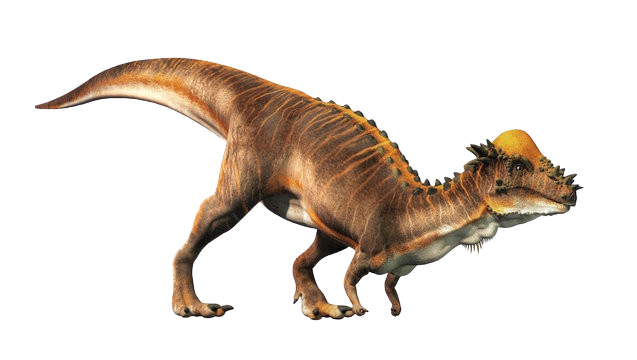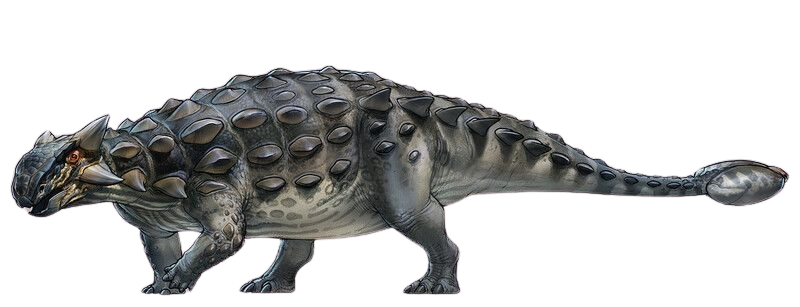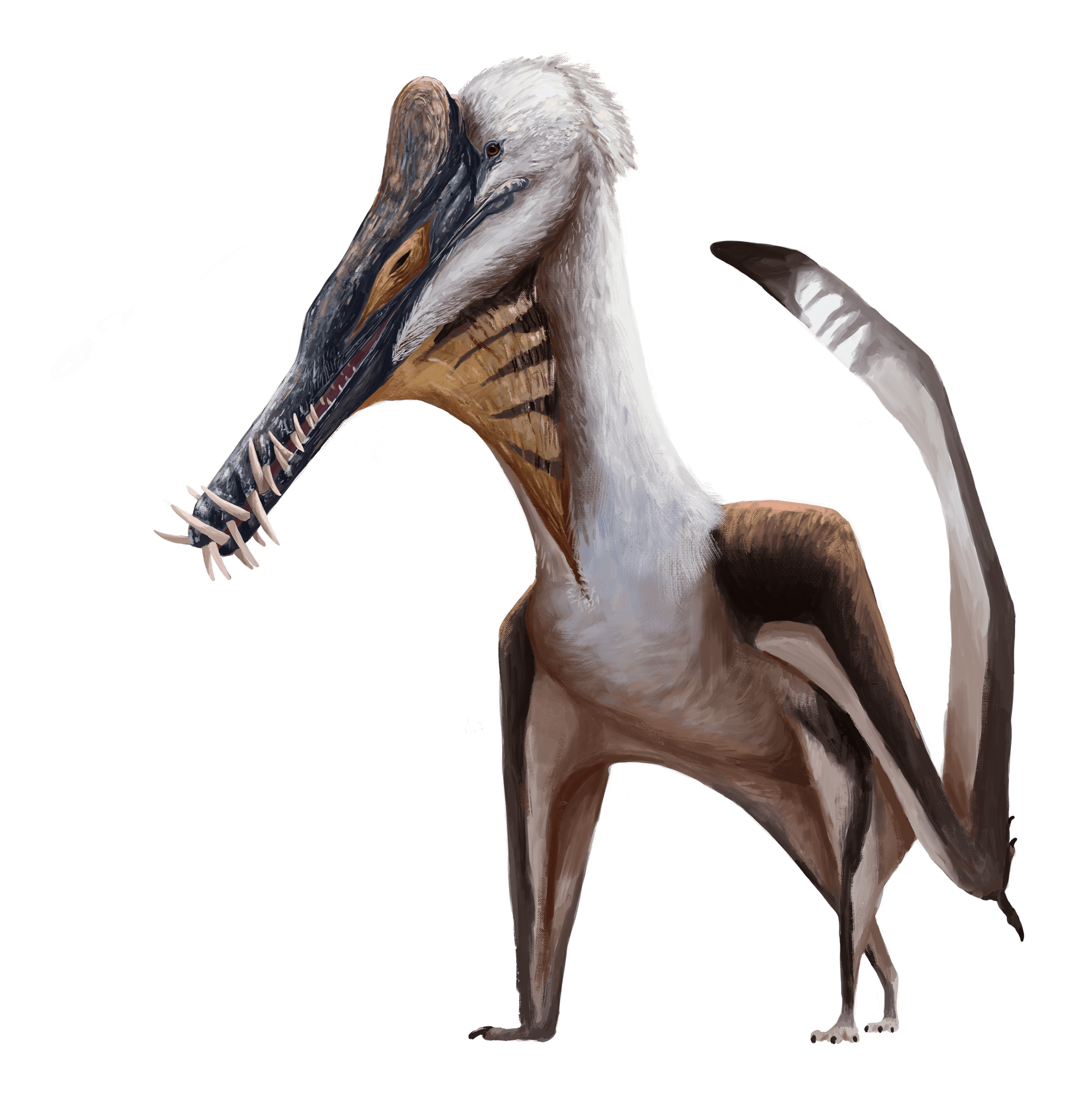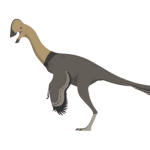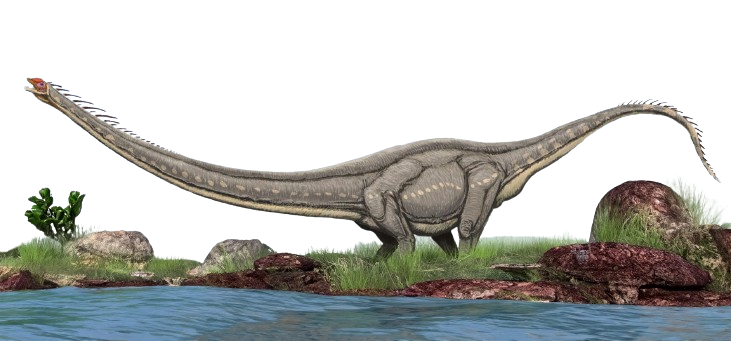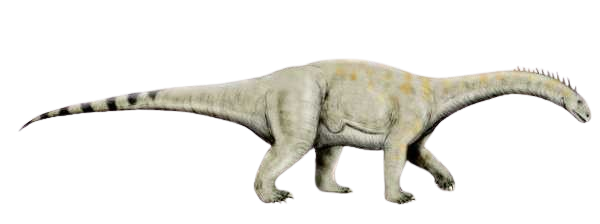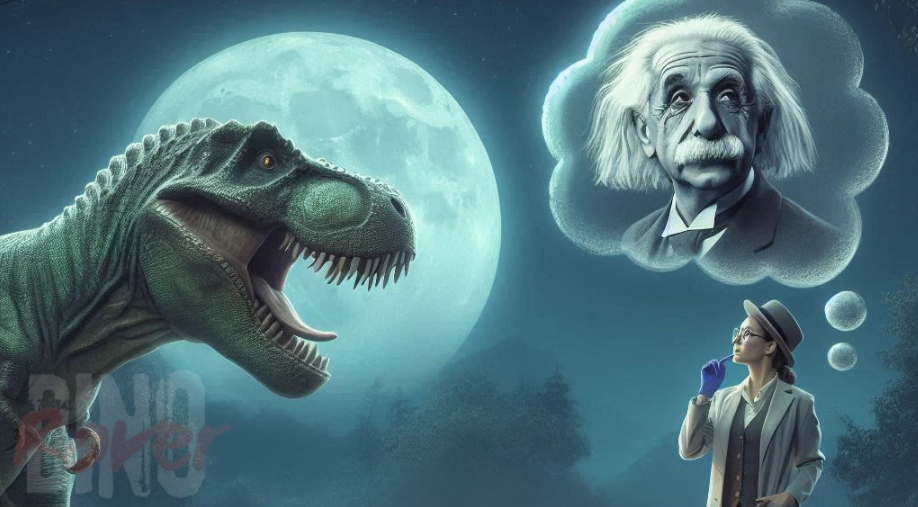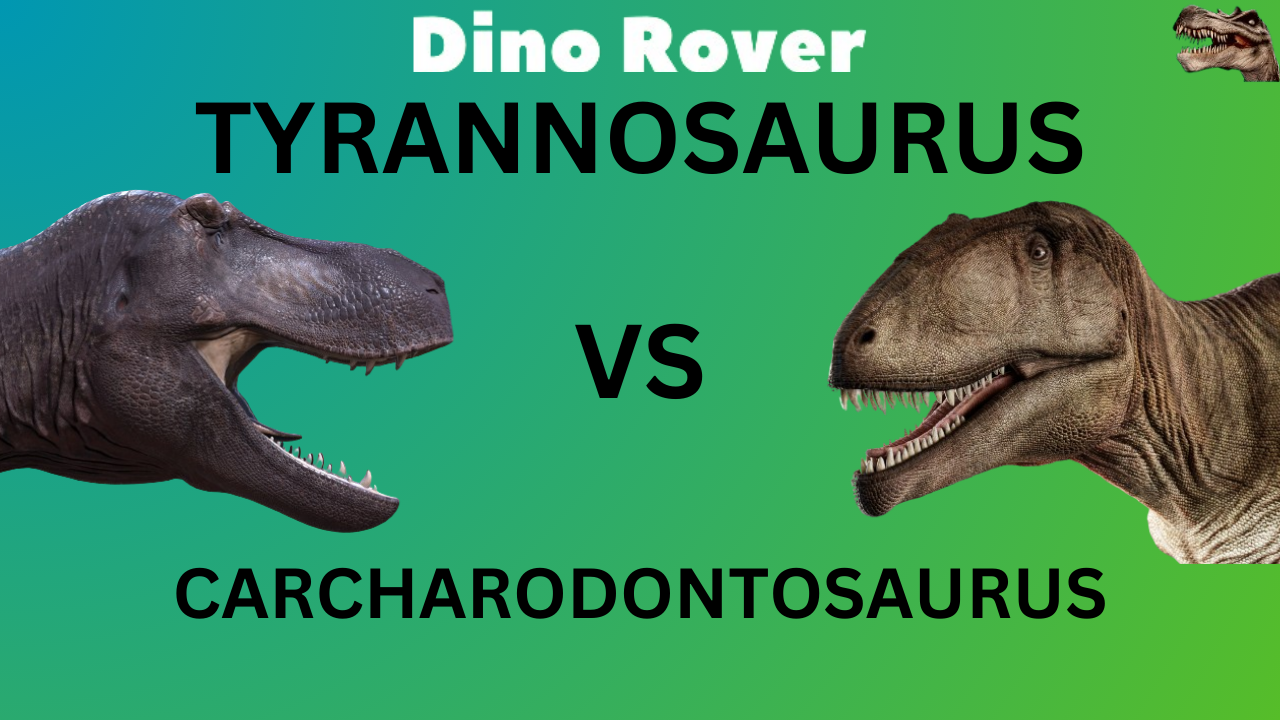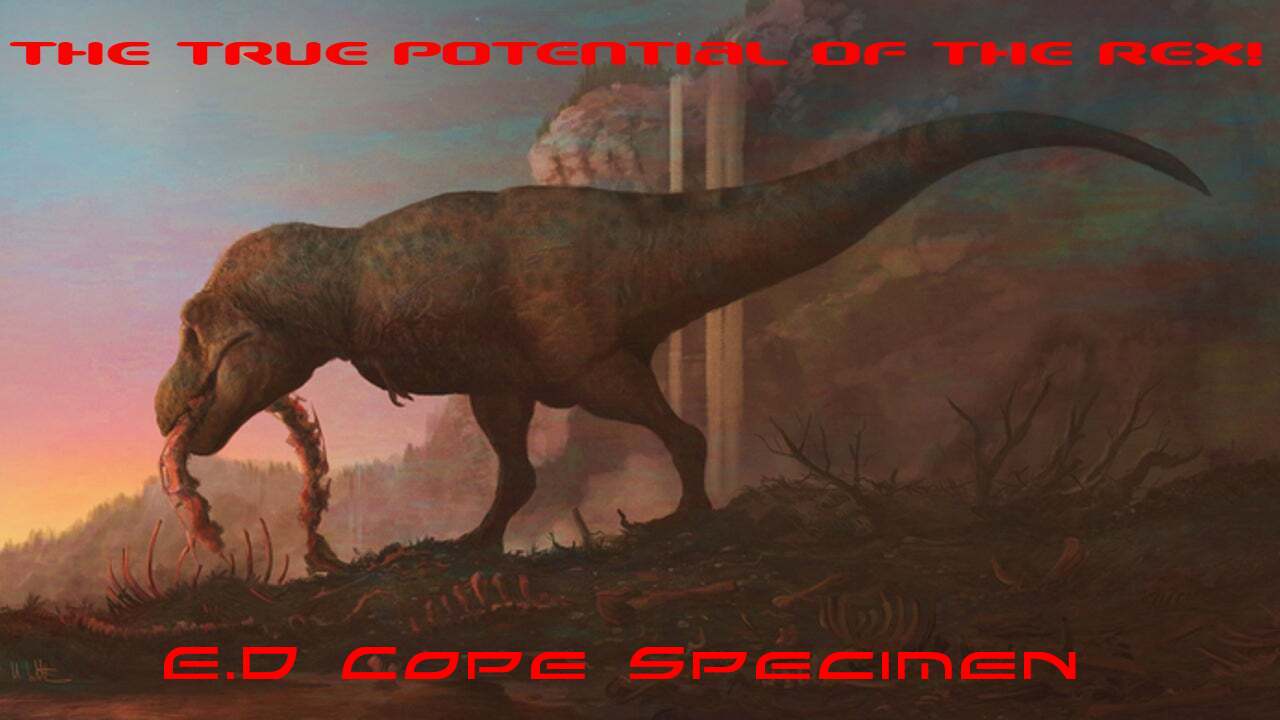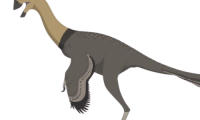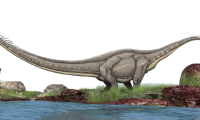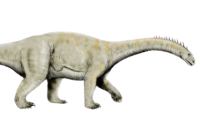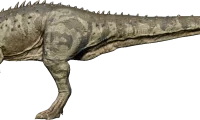The Pachycephalosaurus, a distinctive dinosaur of the late Cretaceous period, stands out among its prehistoric peers due to its unique features and behaviors. Unlike some of its contemporaries, this dinosaur possessed a notable cranial dome, measuring up to 7 inches in thickness. This thickened skull served as a crucial defensive adaptation, providing the Pachycephalosaurus with a distinct advantage in survival. The primary purpose of this puffed head was for intraspecific combat, facilitating head-butting contests for territorial dominance.
Despite being comparatively smaller in size than some of its colossal counterparts, the Pachycephalosaurus leveraged its diminutive stature to its advantage. This reduced size rendered it exceptionally agile, enhancing its ability to navigate through its environment swiftly. Agility, coupled with speed, became a critical aspect of its defense mechanism, allowing it to evade potential predators effectively.
This herbivorous dinosaur primarily fed on low-lying plants, utilizing its small but sharp teeth to consume soft vegetation, fruits, and seeds. Pachycephalosaurs, including Pachycephalosaurus, were known to exist in herding structures, congregating in small groups within coastal and upland regions. Running was likely their primary line of defense, utilizing their agility to escape from predators.
Pachycephalosaurus coexisted with other iconic dinosaurs of the late Cretaceous, sharing its habitat with formidable creatures such as Albertosaurus, Tyrannosaurus rex, Ankylosaurus, Parasaurolophus, Corythosaurus, and Dryptosaurus. This period marked the culmination of the Mesozoic era, commonly referred to as the Age of Reptiles.
The evolutionary origins of Pachycephalosaurs can be traced back to Hypsilophodon, a smaller, bipedal herbivore with agile characteristics. Pachycephalosaurus, with its robust skull and distinctive traits, represented a specialized branch of dinosaur evolution.
Discovered in 1938 on a family ranch outside of Ekalaka, Montana, USA, by William Winkley, Pachycephalosaurus was officially named in 1943 by paleontologists Barnum Brown and Erich M. Schlaikjer. Although complete fossils of this dinosaur are rare, numerous thick skull fragments have been unearthed in various locations, including Alberta, Canada, the western United States, the Isle of Wight, Mongolia, and Madagascar.
In summary, Pachycephalosaurus, with its unique adaptations and evolutionary lineage, adds a fascinating chapter to the intricate story of dinosaur existence during the late Cretaceous period.


